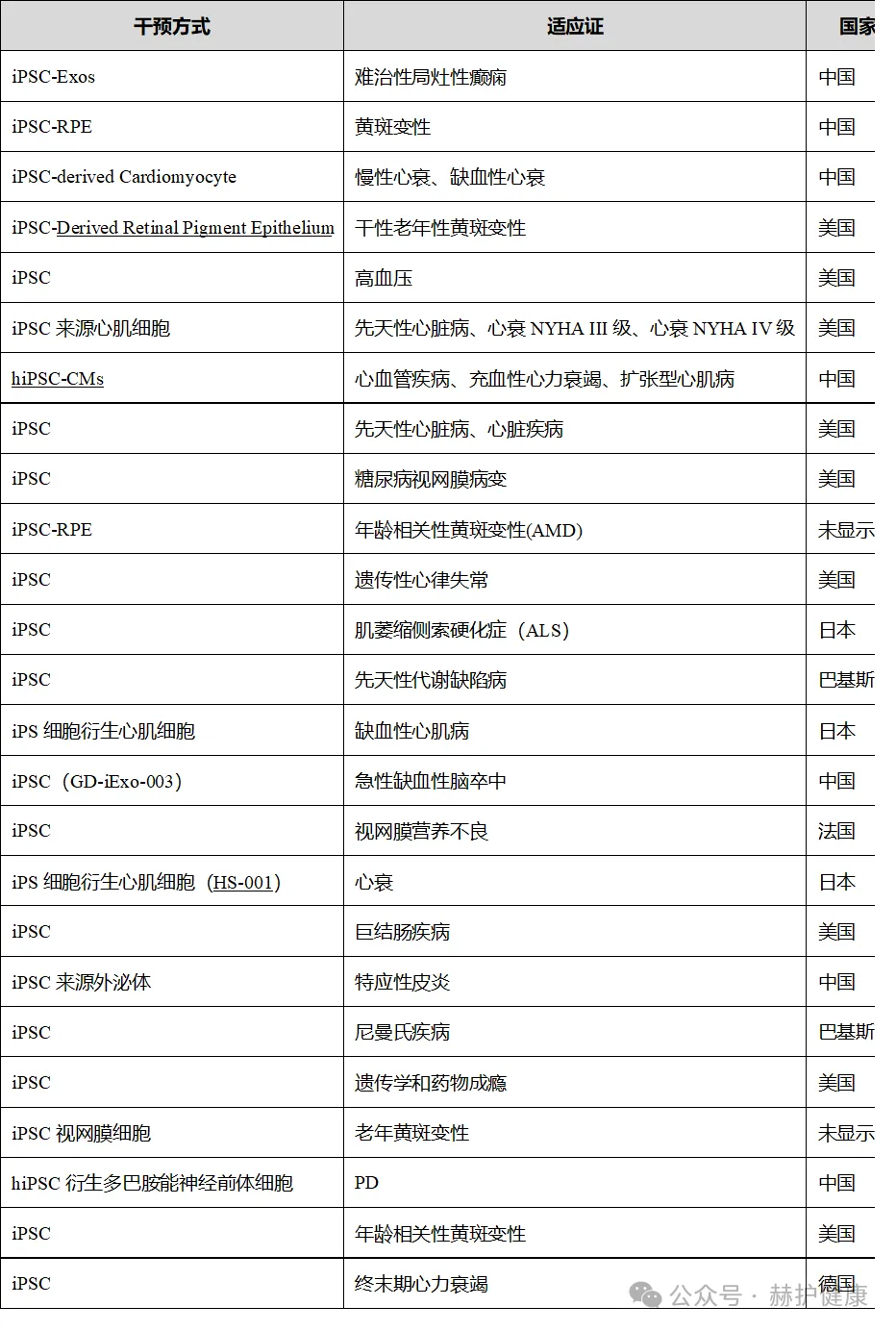
The preparation of iPSC does not need to use embryos, but through the intervention of transcription factors, adult cells (such as skin cells, blood cells, etc.) are redirected to differentiate into various types of pluripotent stem cells.
iPSC is regarded as a revolutionary scientific discovery, which brings new hopes and opportunities for medical research and clinical application. iPSC is a kind of pluripotent stem cells that can be reprogrammed from adult cells, which is similar to embryonic stem cells, but avoids the ethical controversy of using embryos.
What are induced pluripotent stem cells (iPSC)?
To understand iPSC, we need to first understand what cellular reprogramming (Reprogramming cells) is. The so-called cell reprogramming refers to the process that differentiated cells return to totipotent state after being reversed under specific conditions, or form embryonic stem cell lines, or further develop into a new individual. The differentiation of cells is reversible. Shinya Yamanaka transferred the combination of four transcription factors (Oct4, Sox2, Klf4, c-Myc) into differentiated somatic cells through viral vectors to reprogram the cells. The individual cells can later become similar to embryonic stem cells. Somatic cells obtained from individuals for induced differentiation can be used as personalized therapy screening. Therefore, iPSC is to take the virus as the vector, add gene editing to create pluripotent stem cells, which have the ability to differentiate into various tissues and organs of the human body, called iPSC.。
Clinical trial of iPSC
Using "iPSC" as an intervention method on clinical trial, a total of 111 studies were searched, including 25 related diseases, including refractory focal epilepsy, macular degeneration, heart failure, diabetic retinopathy and so on.

iPSC-RPE : induced pluripotent stem cell-derived retinal pigment epithelium
The application prospect of iPSC
Disease modeling and drug screening: iPSC can be obtained from patients themselves, so it can be used to simulate cell models of various diseases, contributing to in-depth understanding of disease mechanisms, drug screening and personalized medical program development.
Regenerative medicine and tissue engineering: iPSC can be used to generate various cell types, including heart cells, nerve cells, insulin β cells, etc., providing a potential source of cells for tissue repair and regenerative medicine.
Individualized treatment: by transforming the patient's cells into iPSC and differentiating into the desired cell types in vitro, we can provide customized treatment for individuals, improve the therapeutic effect and reduce the risk of rejection.
Gene editing and disease therapy: combined with gene editing technology, iPSC can be accurately modified to treat some hereditary diseases and open up new possibilities for gene therapy.
The future direction of iPSC
Although iPSC has made great achievements, it still faces some challenges and unknowns. Future research directions include:
Improve the differentiation efficiency and purity: further optimize the induction and differentiation process, and improve the differentiation efficiency and purity of iPSC to specific cell types.
Study the long-term stability of iPSC: deeply study the genetic stability and safety of iPSC to ensure its reliability in long-term application.
Explore new therapeutic applications: expand the application of iPSC in more disease treatment and tissue engineering fields, such as cardiovascular diseases, neurodegenerative diseases and so on.
Promote clinical transformation and standardization: accelerate the transformation of iPSC from laboratory research to clinical application, and establish a standardized preparation and application process.
Although iPSC is pluripotent, it is not completely equivalent to embryonic stem cells. At present, the iPSC obtained by reprogramming technology has not reached the omnipotent state of embryonic stem cells, that is, the so-called reprogramming is not complete. There is a risk of developing tumors through retroviral vectors. It takes a long time and low efficiency to be reprogrammed to iPSC, and there is still a way to go before iPSC can be formally applied in clinical practice.